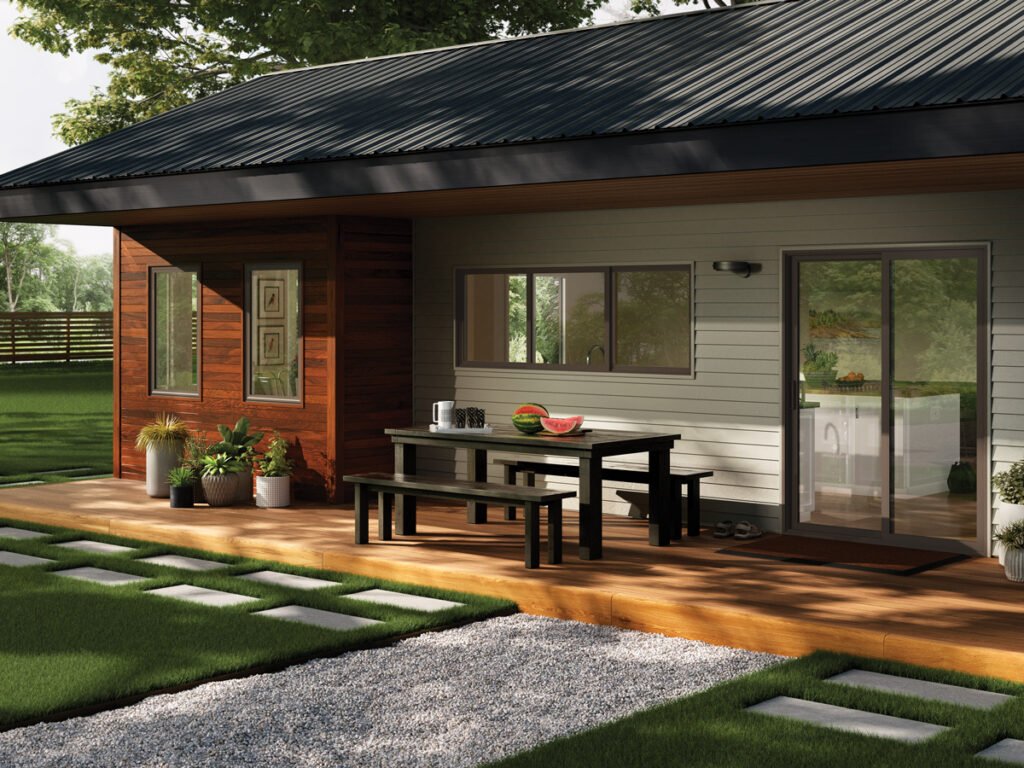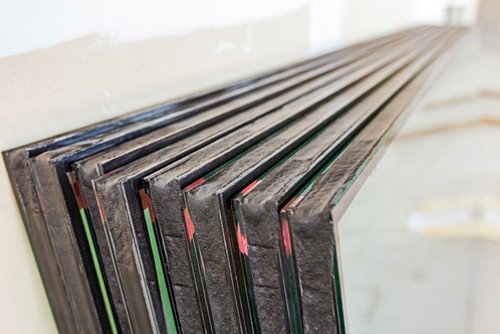Don’t purchase windows you end up regretting! Read this article before buying new construction windows.
Are you planning to build a new home and wondering about the best windows for your new construction project? Choosing the right windows is crucial to ensure a comfortable and energy-efficient living space. In this guide, we’ll walk you through seven key aspects to consider when selecting new construction windows.
1. What Are the Best Window Brands for New Construction?
When it comes to selecting the best window brands for new construction, two popular choices are Milgard and Amsco. These brands are known for their high-quality windows, offering durability, energy efficiency, and a variety of style options to suit your preferences.
2. Choosing the Window Material
The material of the window plays a significant role in its performance and durability. Here are three common window materials to consider for your new construction:
a. Vinyl
Vinyl windows are not only cost-effective but also low-maintenance and energy-efficient. They provide good insulation and are available in a variety of styles and colors.
b. Fiberglass
Fiberglass windows are durable, energy-efficient, and can mimic the look of wood. They are strong and resist warping, making them a great choice for long-term use.
c. Wood
Wood windows provide a classic and elegant look. They can be stained or painted to match your home’s aesthetic. However, they require more maintenance to protect them from the elements.

3. Choosing Window Styles for New Construction
Selecting the right window style is essential to enhance the aesthetics and functionality of your home. Here are some popular window styles for new construction:
a. Picture Windows
Picture windows are large, fixed windows that provide a clear view of the outside and allow ample natural light into the room.
b. Single Hung
Single hung windows consist of two vertically aligned sashes, with only the bottom sash being movable. They are easy to operate and ideal for traditional home designs.
c. Casement
Casement windows are hinged on one side and open outward like a door. They provide excellent ventilation and are easy to clean.
d. Horizontal Sliders
Horizontal slider windows have one fixed sash and one sash that slides horizontally. They are space-saving and provide good ventilation.
e. Awning Windows
Awning windows are hinged at the top and open outward from the bottom, allowing fresh air in even during light rain.
f. Bay Windows
Bay windows extend outward from the house, creating a cozy nook inside. They offer a panoramic view and bring in more natural light.
4. Energy Efficient Glass Options
Energy efficiency is crucial for keeping your home comfortable and reducing energy costs. Here are some energy-efficient glass options to consider:
a. Double Pane Glass
Double pane glass windows consist of two layers of glass with a spacer in between. This design provides better insulation and reduces noise.
b. Low-E (Low Emissivity)
Low-E coatings help minimize heat transfer through the glass, keeping your home cooler in the summer and warmer in the winter. Low-E coatings “minimize the amount of ultraviolet and infrared light that can pass through glass without compromising the amount of visible light that is transmitted.” – GlassEducationCenter.com
c. Argon Gas
Argon gas is often used to fill the space between glass panes, enhancing insulation and improving energy efficiency. Argon gas is completely clear, but is still able to have a significant impact reducing heat transfer.
d. Tint
Tinted windows help reduce glare and regulate the amount of heat entering your home, improving energy efficiency.

5. What to Expect When Getting New Construction Windows Installed
Understanding what to expect during the installation process is essential for a smooth transition. Here’s what you can anticipate:
a. Lead Times
Lead time refers to the duration between placing your order and the delivery of the windows. Planning accordingly and setting realistic expectations is important, typically ranging from 3-8 weeks.
b. Length of Installation
The installation process can vary based on the number of windows and the complexity of the project. A house with 20 windows of moderate sizes can be completed in 1-2 days by most window installation crews, but larger windows or special considerations can extend that time.
6. How Much Do New Construction Windows Cost?
The cost of new construction windows can vary based on factors such as window material, style, brand, and size. An average construction grade vinyl window will range from $250-$500 per window, installation and tax included.
7. Where Do I Buy New Construction Windows?
For purchasing new construction windows, consider reaching out to reputable dealers or suppliers such as Utah Window Experts. They can provide guidance, help you choose the right windows, and ensure a smooth purchasing process.
In conclusion, choosing the right windows for your new construction is a significant decision. By considering the best window brands, window materials, styles, energy-efficient options, installation expectations, costs, and reliable suppliers, you can make an informed choice that adds value and comfort to your new home.
While there is no single type of window that is best for all homes, purchasing from quality brands like Milgard or Amsco can ensure you are buying high quality products.
Construction grade windows generally refer to standard material windows a builder would use. Also known as “Builder Grade” windows.
While I would recommend sticking with one brand of window throughout the entire home, different styles and types of windows in that line are common in a single home.